
Image credit: Hisagi
South Korea’s box office hit “Battleship Island” may have intrigued you to find out more about the unique island – the setting for the fact-inspired fiction film. Director Ryoo Seung-wan is not the first to be drawn to the island that also appeared in the James Bond “Skyfall” and popular anime movie “Attack on Titan.”
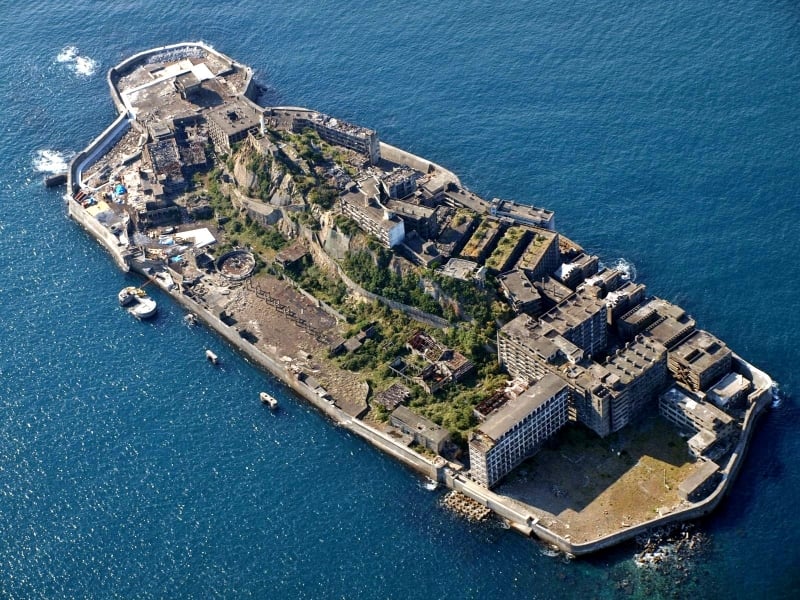
Image credit: ANGELUS
It is not surprising that the island is a muse for creative works since mysteries have shrouded this enigmatic island. Situated off the coast of Nagasaki, it is officially named Hashima (端島), but commonly known as Gunkanjima (軍艦島) or “Battleship Island” because of its distant silhouette floating on the water.
Hashima is a well-known haikyo in Japan. Haikyo is loosely translated to mean “ruins” and it refers to abandoned places that attract visitors who engage in urban explorations. To understand Hashima’s story of abandonment, we have to retrace its history.
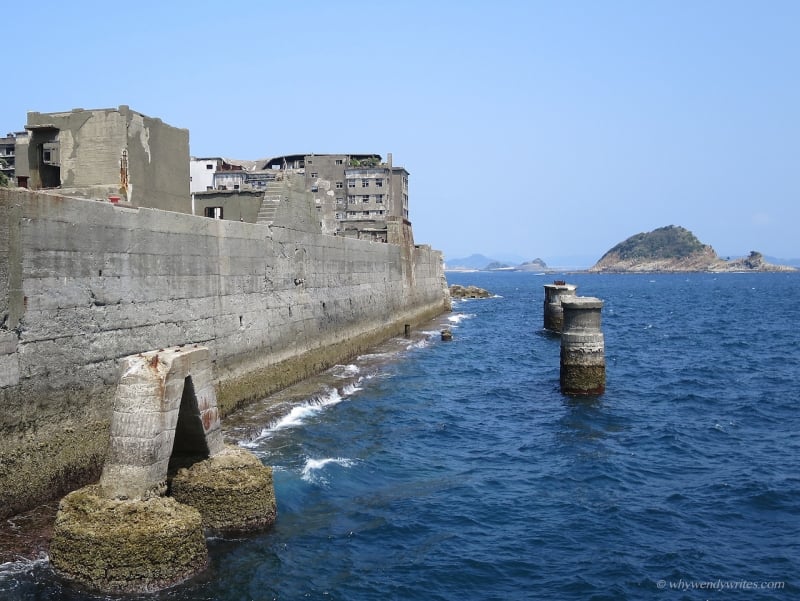
In early 17th century, coal was discovered on the island. Mitsubishi Corporation took over it in 1890 and established it as one of Japan’s first major sites of undersea coal exploitation. The production of coal as well as population of workers increased. Land reclamation tripled the original size of the island that became an extraordinary home to a flourishing mining community. Thick concrete walls were erected to protect the island from harsh weather conditions out in the sea. High-rise buildings were built to accommodate the workers and their families. About half of the island was occupied by mining operations while the other half was used as residences, school, hospital, and some recreational facilities.
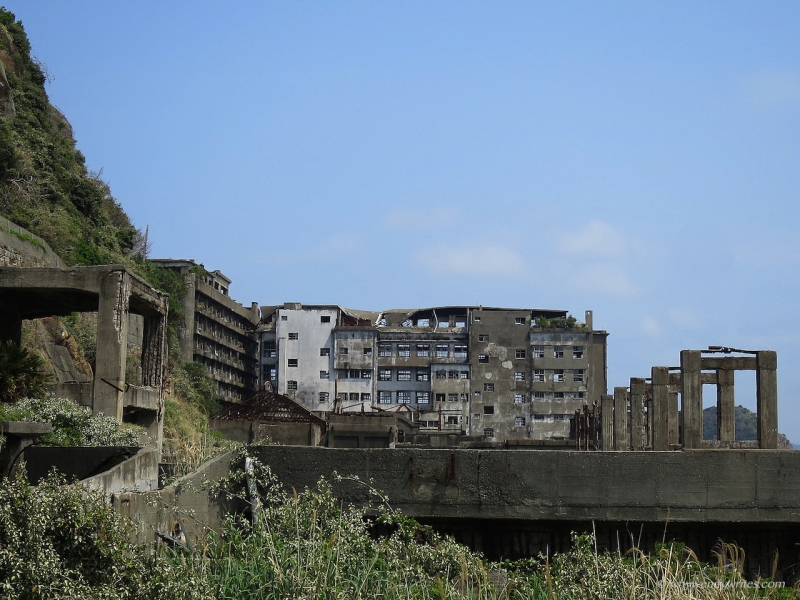
At its peak, the 6.3-hectare island was stuffed with more than 5,000 residents and had the world’s highest population density. As a result of the falling popularity of coal as a fuel source, the mine closed in 1974 and residents deserted the island. For many years, the island was left forgotten in the ocean. Ravaged by the tyranny of time and nature, the forsaken infrastructure and residents’ possessions decayed into ghostly relics; adding to the post-apocalyptic atmosphere of the island.
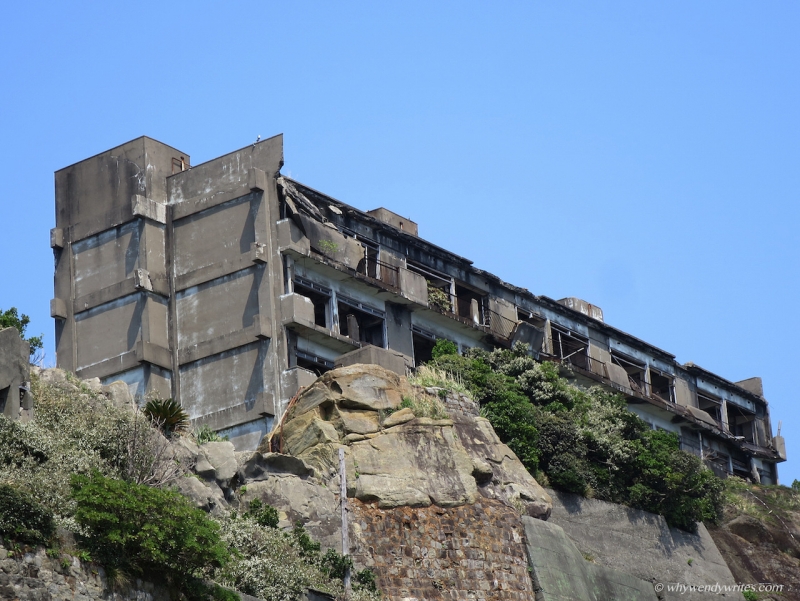
In recent years, interest in the island grew and it was resurrected with the opening of a boat dock on the island in 2009 and the start of sightseeing tour boats. Tourists are not allowed to visit the island independently as the island is unsafe with its crumbling structures. There are many companies offering brief guided tours, which include return ferry ride (one way is about 50 minutes) and a very short tour on the island. During bad weather, the ferry ride will be rocky and sometimes the ferry may not be able to dock at the island.
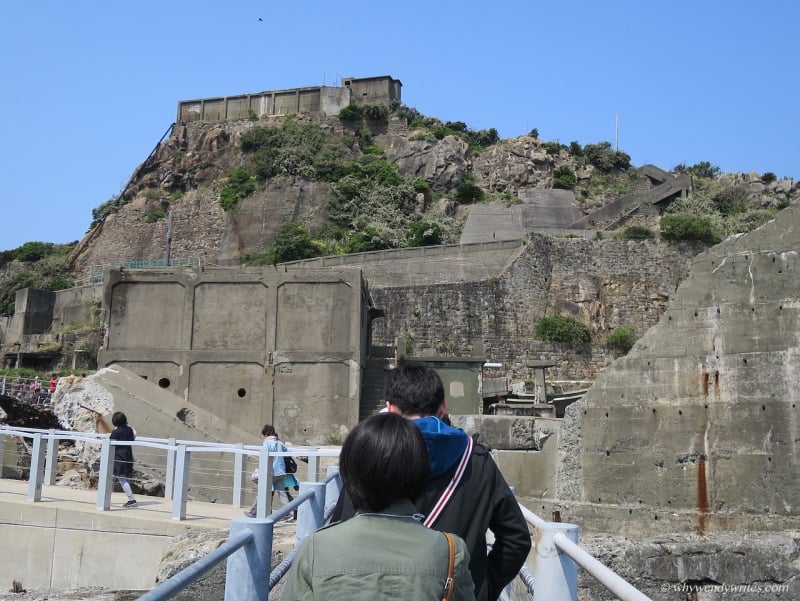
I was blessed with good weather when I visited Hashima a few years back. After a slightly tricky landing, we stepped on the island and I felt like I had entered a dystopian universe. The eerie and ethereal beauty of the island kept us spellbound as we moved quickly but reluctantly under the strict surveillance of the guides. The tour took us through barricaded paths to restricted areas that are deemed safe for group tours.
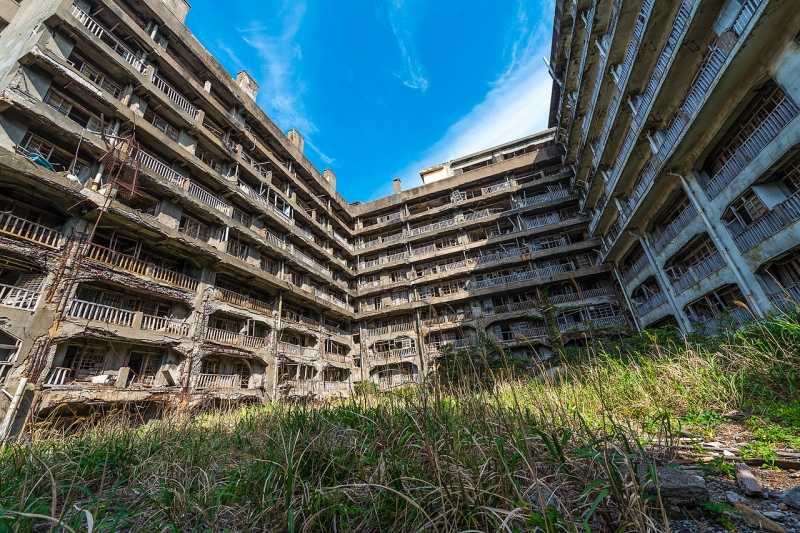
Image credit: JordyMeow
It was very surreal to stare at the dilapidated structures that housed thousands of people who worked and lived on the island. The roar of the wind echoed the creepy silence of the once bustling micro-civilization. I felt like an intruder and voyeur as I peeked at the ruins and captured whatever I could during the short duration with my camera.
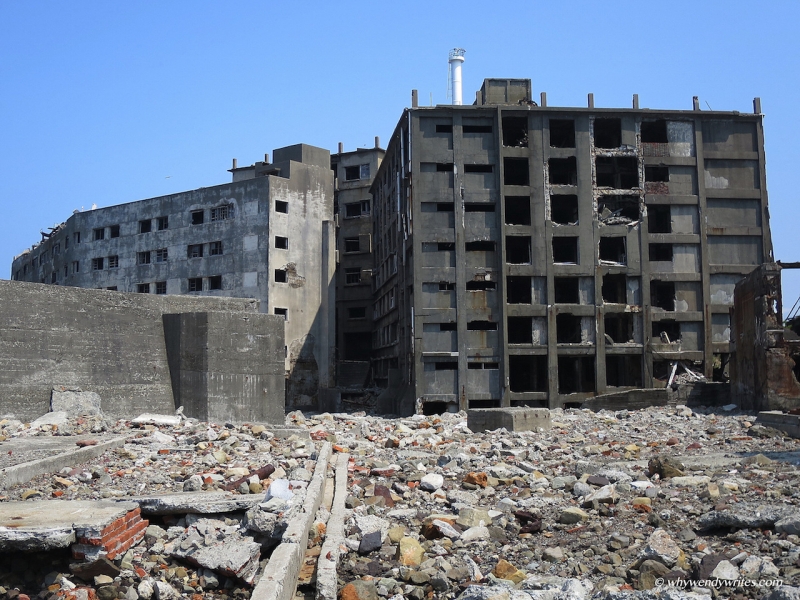
I wondered if the visitors taking “instagrammable” photographs during the tour were aware of Hashima’s dark secret. In 2015, amidst much controversy, the island was designated as a UNESCO World Heritage Site because of its industrial heritage as one of the “sites of Japan’s Meiji Industrial Revolution: Iron and Steel, Shipbuilding and Coal Mining.”
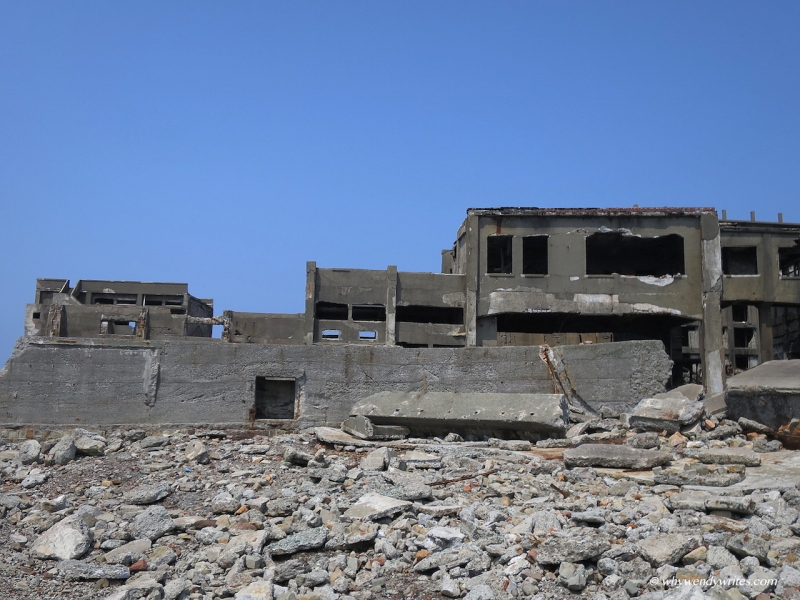
During WWII, many slave labourers were brought from Japan-occupied territories in Korea and parts of China to toil on Hashima. Most of them worked under inhumane conditions and it was believed that some even died on the island. South Korea objected to Japan’s nomination of the island as a heritage site without considering the sufferings of the forced labourers. Eventually, Japan compromised and said they will include information to explain this aspect of history in the related site facilities.
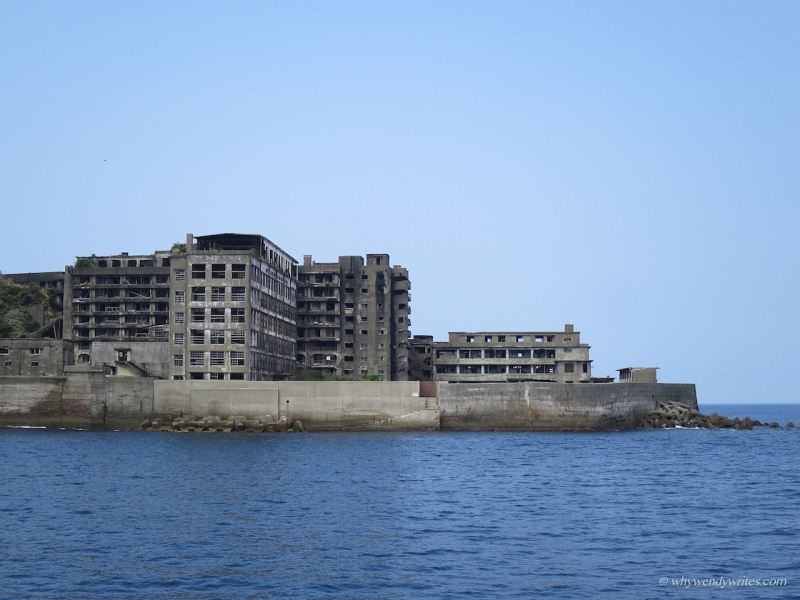
As I watched Hashima disappearing from my view when the ferry sailed towards Nagasaki City, I was engulfed in emptiness after a “censored” tour that only scrapped the island’s surface. I yearned to wander freely through the ruins and interact with its past more meaningfully. Even with the experience of standing on the island, I found the island impenetrable. I tried to delve more closely into this lost world through exclusive photographs depicted by professionals who had special access to the island. The magnificence of the past is everywhere but also nowhere on this haunting haikyo which is out of reach.





